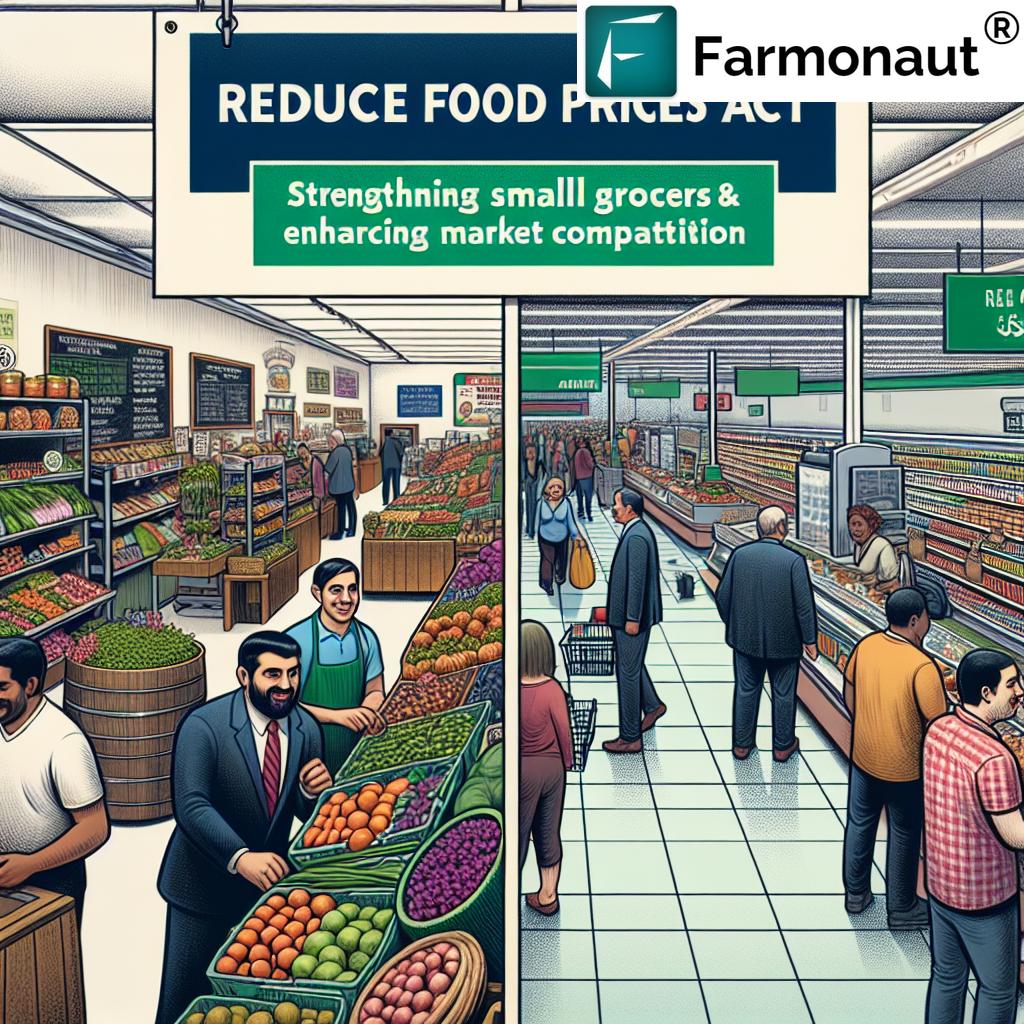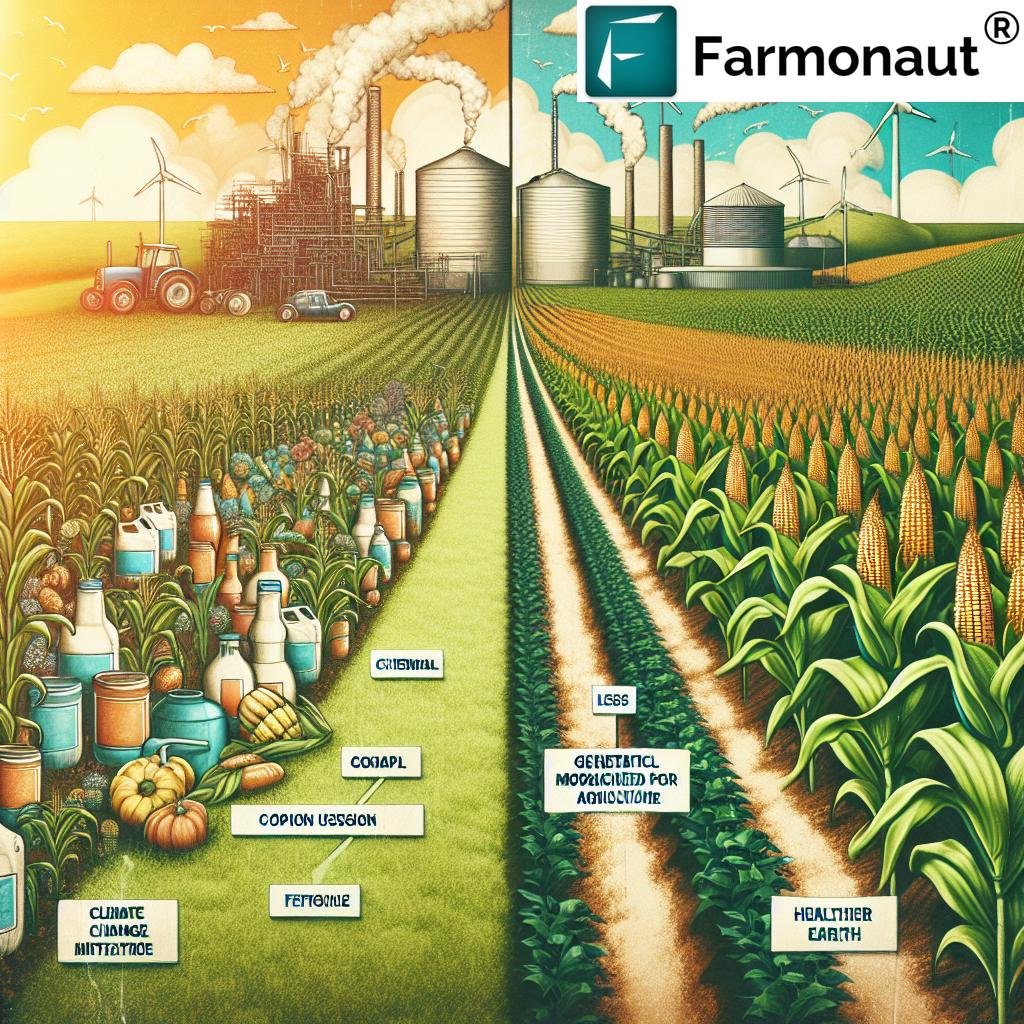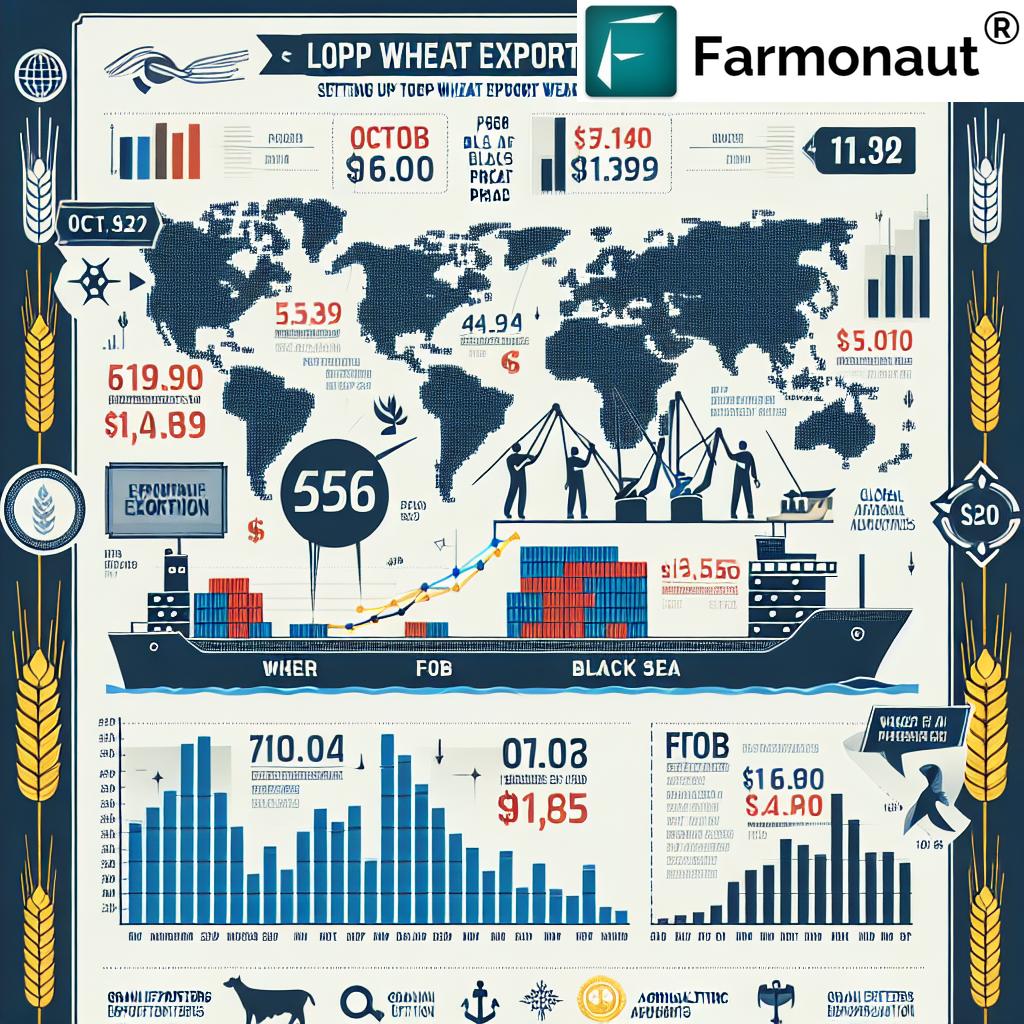Urgent Crisis: America’s Farmers Battle Economic Tsunami as Farm Profits Plummet and Food Prices Soar

The American agricultural landscape is facing a farmers economic crisis of unprecedented proportions. As farm profits decline and food prices surge, the nation’s breadbasket is caught in a perfect storm of economic challenges. This article delves into the multifaceted issues plaguing the farm economy, exploring the causes, consequences, and potential solutions to this urgent crisis.
The Dire State of Agricultural Profits
The Ag Economy Barometer, a trusted measure of farmer sentiment, has plummeted to its lowest levels since 2016. This stark decline in confidence is a direct result of the relentless squeeze on profit margins that farmers are experiencing. The primary culprits? Skyrocketing agricultural input costs coupled with stagnant output prices.
- Fertilizer prices have more than doubled in the past year
- Fuel costs continue to rise, impacting everything from tractor operations to transportation
- Seed prices are at an all-time high
These escalating expenses are not being offset by higher crop prices, leading to a significant erosion of agricultural profits. The U.S. Department of Agriculture projects farm income trends to hit a low of $116.1 billion in 2023, marking the lowest point in four years.
The Ripple Effect: Rising Food Prices
As farmers struggle to maintain profitability, the repercussions are being felt across the entire food supply chain. Rising food prices have become a major concern for consumers, with grocery bills steadily climbing. This inflationary pressure on food is not only impacting household budgets but also raising alarms about food security for vulnerable populations.
Farmers, traditionally price takers rather than price setters, find themselves in an impossible position. They’re unable to pass on their increased costs directly to consumers, yet they’re bearing the brunt of the economic pressures. This disconnect between farm-gate prices and retail food prices underscores the complexity of the agricultural economy.

The Perfect Storm: Multiple Factors Converge
The current crisis is not the result of a single factor but rather a confluence of challenges that have been building over time:
- Trade Wars: Recent international trade disputes have disrupted established export markets, leaving farmers with surplus produce and depressed prices.
- Agricultural Regulations: Stricter environmental and safety regulations, while necessary, have added to the cost burden for farmers.
- Climate Change: Unpredictable weather patterns and increased frequency of natural disasters like Hurricane Helene have made farming more precarious.
- Farm Labor Costs: Rising wages and labor shortages have further strained farm budgets.
These factors combined create a challenging environment for farmers, particularly those running small to medium-sized operations.
The Family Farming Crisis
Perhaps the most concerning aspect of this economic tsunami is its impact on family farming. The backbone of American agriculture, family farms are facing existential threats. Many are being forced to sell their land to larger corporations or leave farming altogether, unable to weather the financial storm.
This family farming crisis raises serious questions about the future of U.S. agriculture sustainability. With 2.6 million workers in the sector, the potential loss of family farms could have far-reaching consequences for rural communities and the nation’s food production capacity.
Explore how technology can help farmers navigate these challenges with the Farmonaut app.
Adaptation and Innovation: Farmers Fight Back
In the face of these daunting challenges, many farmers are adapting and innovating to survive:
- Shifting to local markets to gain more control over pricing
- Adopting organic practices to tap into premium markets
- Diversifying crop portfolios to spread risk
- Implementing precision agriculture techniques to optimize resource use
These strategies, while promising, require significant investment and know-how. This is where technological solutions like Farmonaut’s satellite and weather API can play a crucial role in empowering farmers with data-driven insights.
The Role of Agricultural Policy
As the crisis deepens, the spotlight is turning to agricultural policy and its role in supporting farmers. Current debates center around:
- The effectiveness and fairness of farm subsidies
- Trade policies and their impact on agricultural exports
- Environmental regulations and their cost implications for farmers
- Support for sustainable farming practices
Policymakers face the challenge of balancing the need for a robust and sustainable agricultural sector with fiscal responsibility and environmental concerns.
Farm Protests: A Growing Movement
The mounting frustration among farmers has led to an increase in farm protests across the country. These demonstrations highlight the desperation felt by many in the agricultural community and serve as a call to action for policymakers and the public alike.
Farmers are demanding:
- Fair prices for their produce
- Relief from crushing debt burdens
- More say in agricultural policies that affect their livelihoods
- Support for sustainable farming practices
Stay informed about agricultural trends and protests with the Farmonaut Android app.
Looking Ahead: The Future of American Farming
The current crisis in American agriculture is more than just an economic issue; it’s a matter of national food security and rural community sustainability. As we look to the future, several key areas will need attention:
- Technological Innovation: Embracing precision agriculture and data-driven farming to improve efficiency and reduce costs.
- Policy Reform: Developing agricultural policies that provide a safety net for farmers while promoting sustainability.
- Market Diversification: Exploring new markets and value-added products to increase farm income.
- Sustainable Practices: Promoting farming methods that are both environmentally friendly and economically viable.
- Education and Support: Providing resources and training to help farmers adapt to changing conditions.
Access cutting-edge agricultural technology with the Farmonaut iOS app.
Conclusion: A Call to Action
The urgent crisis facing America’s farmers demands immediate attention and comprehensive action. From policymakers to consumers, everyone has a role to play in supporting a sustainable and prosperous agricultural sector. By addressing the root causes of declining farm profits and rising food prices, we can work towards a future where family farming thrives, food security is ensured, and rural communities prosper.
As we navigate these challenging times, it’s crucial to stay informed and engaged. Tools like the Farmonaut API developer docs offer innovative solutions for agricultural challenges. By combining traditional farming wisdom with modern technology and supportive policies, we can hope to weather this economic storm and emerge with a stronger, more resilient agricultural sector.
The future of American farming hangs in the balance. It’s time for decisive action to ensure that the nation’s breadbasket continues to feed and sustain us for generations to come.
















